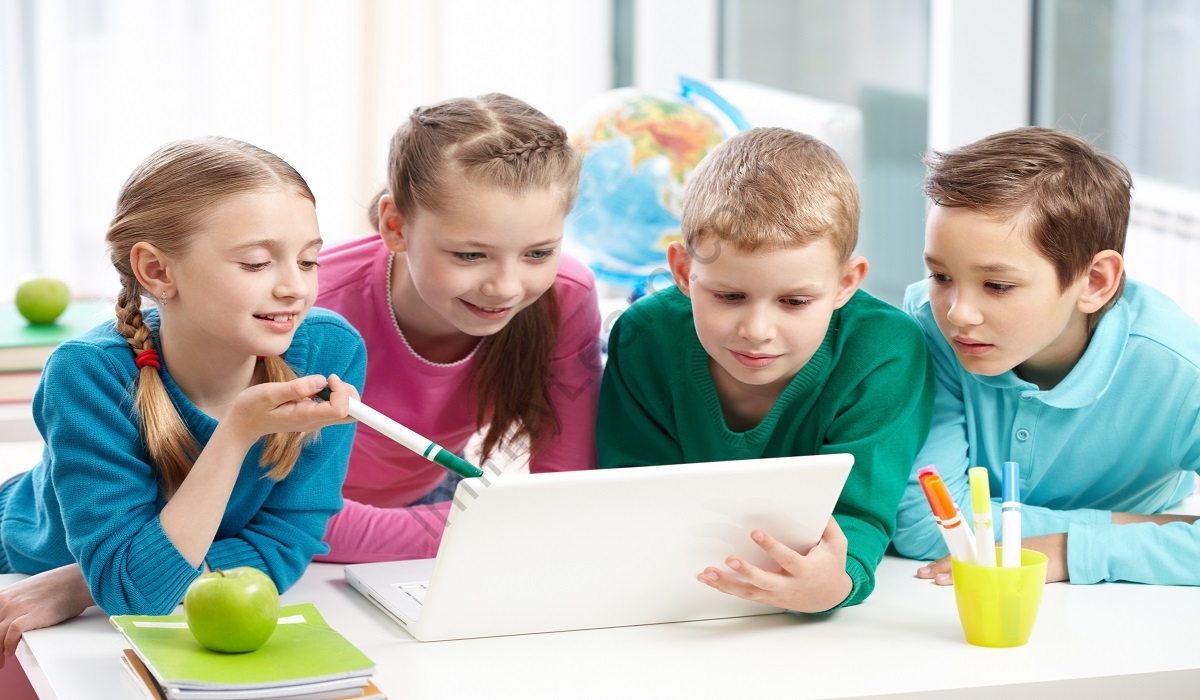We often get to hear about peer learning among the students. You may ask, what is peer learning all about? The term peer learning refers to two-way reciprocal learning. In simple words, it is a setup where students learn from each other both formally and informally. It is a mutually beneficial learning activity that involves sharing knowledge, ideas, and experiences between individuals. This is an interdependent approach where students do not depend on their mentors or tutors but their peers.
Who are the Peers?
The immediate question that can arise in your mind is, who are peers in the peer learning. Well, the answer is straight and simple. Peers are those people who are in a similar learning process. These peers do not have any defined or specified role. Instead, they are fellow learners or students who may have considerable experience or even relatively little. These peers do not exercise power or authority over others.
Now that you have a fair idea of who peers are let us look into the different types of peer learning below.
What are the Different Types of Peer Learning?
Below are the various types of peer learning.
- Proctor Model
- Innovative Learning Cells
- Discussion Seminars
- Private Study Groups
Let us discuss about each type in detail below:
- Proctor Model: In the proctor model of reciprocal peer learning, students are the peers who simultaneously learn and contribute to each other’s learning. Peers in this learning model are senior students or those in an advanced class or have little expertise. The senior students tutor their juniors in this model, assisting them with the course content.
- Innovative Learning Cells: In this type of peer learning, students of the same academic year associate as peers. They form partnerships to assist each other with course content and personal concerns. Students directly interact with other students and learn from each other.
- Discussion Seminars: This is yet another peer learning model, where students engage in discussions during seminars. Students need to present in front of the whole class what they have learned during the seminars. Following this, students (peers) will be engaged in a discussion and debate.
- Private Study Groups: The private study groups method of the peer learning model is the most familiar one. Unlike the above models, it is informal, where students form their study circle. Here, the peers develop their own strategies and approaches to accomplish their learning goals.
Let us learn about the various benefits that peer learning offers.
What are the Benefits of Peer Learning?
As mentioned earlier, peer Learning is a two-way reciprocal learning activity. It involves sharing of knowledge, ideas, and experiences between individuals. Let us look into the numerous benefits that peer learning helps students with.
Elevates Student’s Learning: Students exchange ideas and knowledge when participating in activities with peers. It helps elevate the learning ability of students and enhances their learning experience.
Acquire Organizational and Planning Skills: Students work collaboratively with others in peer learning. They receive and give feedback during the process, and they evaluate their own learning. Hence, they acquire organizational and planning skills in this model.
Effective Learning: Since students get exposed to sharing their ideas and other viewpoints, they learn effectively.
Self-learning: In peer learning, students learn on their own. It builds the responsibility of self-learning in them.
What is Peer Teaching, and how is it different from Peer Learning?
Peer Teaching is also called Peer Tutoring. It is a method of teaching where they assign the senior student with the responsibility of assisting a junior student. It is a well-known practice followed in many universities. Contrary to the above, Peer Learning is two-way reciprocal learning where there is no specified role of teacher. Both peers contribute their ideas and involve in simultaneous learning. The best example we can give is group discussions.
Peer Teaching vs. Peer Learning
Below is a table distinguishing between peer teaching and peer learning:
|
Peer Teaching |
Peer Learning |
| Has a defined role of teacher and learner. | There is no specified role of the teacher in peer learning. |
| It is a single-way communication where only the teacher’s role contributes. | The role of peers often shifts here during the learning experience. |
| It is a single-way communication where only the teacher’s role contributes. | It is a two-way reciprocal learning method where both peers make equal contributions. |
Final Thoughts:
Peer Learning is an effective learning process that builds and enhances students’ learning ability. Engaging students in discussions help them evolve in their learning process. At Infinity Learn, the fun and interactive live sessions inculcate the practice of Peer Learning among the students. Here, students exchange their ideas, ask for doubts and solve them.



